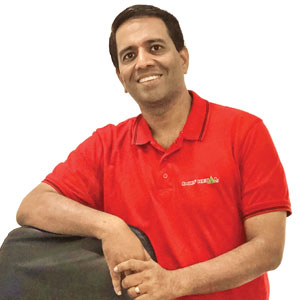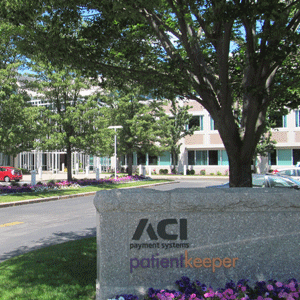THANK YOU FOR SUBSCRIBING

ERP Consolidation - A Necessity Today
Seshadri Viswanathan, VP Information Technology, Dorf Ketal Chemicals


Seshadri Viswanathan, VP Information Technology, Dorf Ketal Chemicals
ERP no more should be called Enterprise Resource Planning. In today’s scenario, it should be called Enterprise Responsiveness Program, as an ERP is the MOST critical tool in any enterprise, which determines the responsiveness quotient of the organization. If the ERP is not agile and adaptive, the enterprise gets bogged down and is unable to be responsive—to its customers, suppliers as well as the competition.
Choosing the ERP
A lot of time and effort need to be invested mainly for selecting the ERP for one’s organization. I still remember nearly two decades ago, in one of my previous assignments, selecting the ERP was an organization wide activity. The board was also actively involved in choosing the ERP for the organization. Even in today’s times, many successful ERP implementations have gone through the same process. Things have become easier today as the number of ERPs in the market have reduced and there are industry case studies/references to learn from.
ERP Consolidation
Let me share Dorf Ketal’s own journey of ERP consolidation. Dorf Ketal Chemicals is a global chemicals manufacturer and is the leader in new chemistries for process chemical solutions in the crude oil refining, petrochemical industries and fuel additives market. We are also the market leader in organic titanate and zirconate technologies. As a result of its aggressive growth in the last nearly three decades, across multiple geographies, there were multiple enterprise platforms across the organization. We had Oracle ERP in certain geographies and couple of other ERPs in the rest of them. The journey of consolidation started sometime in the year 2013. The first decision to be made was whether the consolidation needs to be done or not. As known to everyone, switching ERPs is like disturbing a beehive to get honey. Getting the honey is one part of the story. But one should be prepared to be stung by the bees as well.
The decision was made to consolidate. Now how to choose the one which will stay back? For that, an organization wide discovery session was conducted.
With the complexities in regulations and business scenarios, erp teams are always on the heels to support the business
Key to a Successful Implementation
The Key for any successful implementation is three pronged:
1. Complete support and guidance of the top management of the organization
2. A competent implementation partner who can work as an extended team and is willing to be part of this journey as a partner
3. A supportive ERP vendor, who doesn’t think that, the deal with the customer is done with the selling of ERP licenses, but to see that the implementation is done in the best possible manner
The master key though is the urge from the implementing organization to extract its pound of flesh—the objective of “The best for my Organization.”
Managing Oracle ERP
Today, managing the ERP is just not “Keeping the Lights on” affair. With the complexities in regulations and business scenarios, ERP teams are always on the heels to support the business. Typically, ERP teams get stuck between the business teams and the ERP vendors/ support partners. Again, the policy of extracting the best for the organization comes into play here. The best way to achieve that, which we are following at Dorf Ketal, is to establish direct contact with the support and development owners of ERP vendors, in our case Oracle. Once that relationship is established, then the cries for support get heard by right ears, which ensure timely support. A clear benefit of this strategy for us, recently, was to stabilize the Oracle Processes, which got widely disturbed during the GST transition in India.
Organizations like Oracle are very open and approachable in this regard. We do such personal meetings with the Oracle teams as and when necessary but at least once in a year. Many a times, apart from solutions in terms of bug resolution, or enhancements, we benefit from the outside in approach in terms of how their other customers have handled processes which we wanted to improve internally.
The same strategy we follow with the support partner organization. The frequency of meeting the stakeholders of the support organization is at least once in a month. Interactions like these with the external stakeholders have really brought down the anxiety levels within our teams.
Before signing off, I wanted to share my thought on one big don’t in terms of ERP consolidation. In today’s times of inorganic growth, never get into the vicious circle of consolidating into one ERP platform as and when an acquisition is done. If the incoming organization is also running a tier1 ERP, it is better to leave it as it is and plan for consolidation at the business reporting layer.
Check this out: Top Oracle Service Companies











